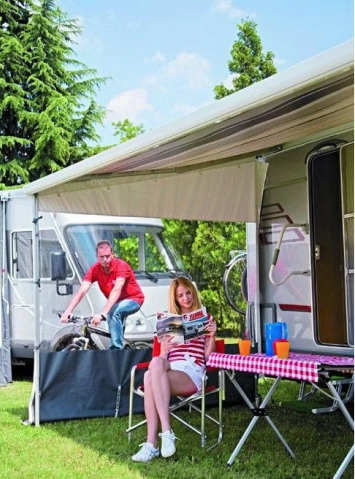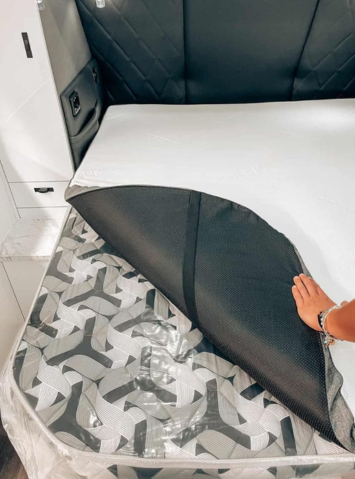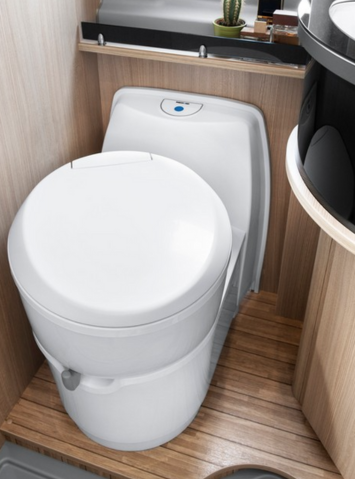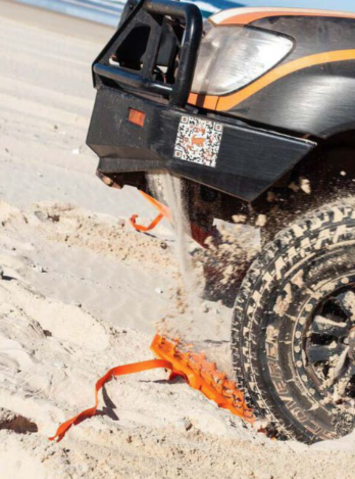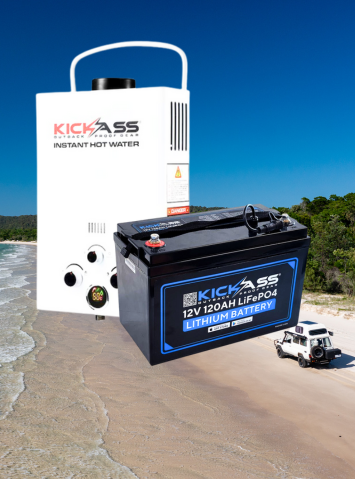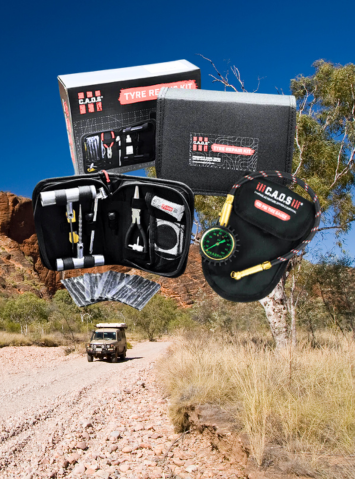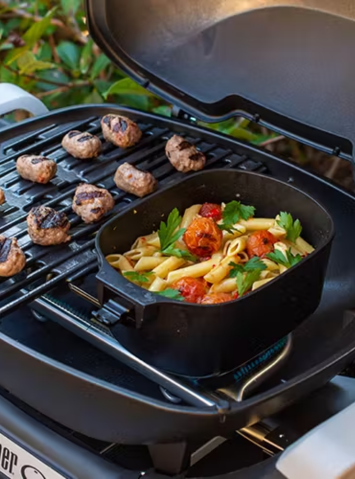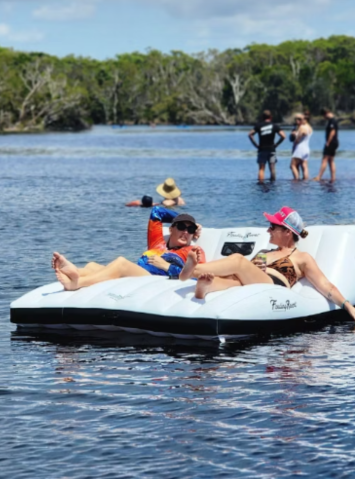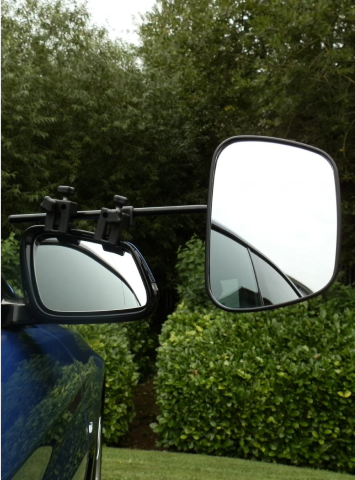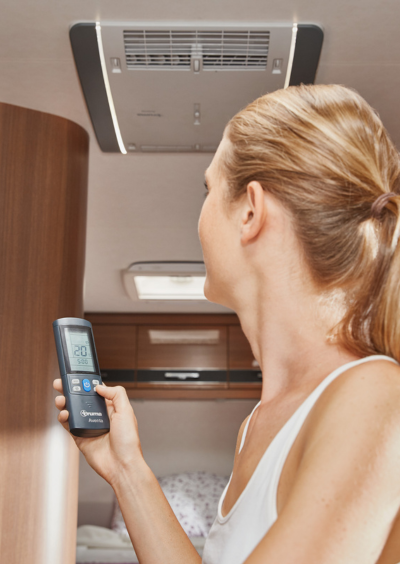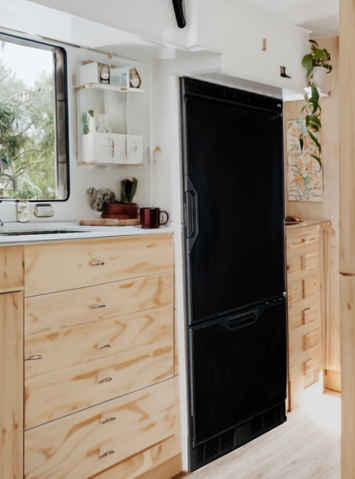All Caravan & RV Upright Fridge Spare Parts Products
Caravan & RV Upright Fridge Spare Parts
Camping enthusiasts always look forward to unforgettable outdoor adventures. Campers need to feel refreshed and enjoy cold drinks that’s why a caravan and RV upright fridge is an essential appliance. An RV fridge is also vital for food storage especially if you’re going on a long camping trip.
Let’s check first the types of fridges suitable for caravans and RVs. There are four types namely: absorption fridges, compressor fridges, portable fridges, and thermo-electric fridges.
Absorption fridges
- 3-way fridges that use a gas flow heating exchange system.
- Powered by 110V power, 12V battery, or LPG gas.
- Ideal for off-grid use, budget-friendly, and durable.
- Requires a gasfitter for installation, needs to be kept level, and requires good ventilation.
Compressor fridges
- 2-way fridges with a compact compressor unit.
- Run on a 12V battery or 110V power.
- Efficient, easy to install, and capable of freezing.
- No need to be kept level all the time; may require extra power like a generator or solar panel when not connected to the main power.
Portable fridges
- Compact-sized fridges running on 12V, 24V, or 240V power.
- Sizes range from 8L to 95L with modern features like app connectivity.
- Suitable for caravans with limited space, lightweight, and easy to move.
- Some models have low-battery protection, solar panels, LCD controls, and lights.
Thermo-electric fridges
- Run on 12/24V DC or 230V AC power, using solid metal for thermal energy transfer.
- Low energy consumption, low noise, superior temperature control.
- Compact and low-maintenance, with some models offering both heating and cooling options.
Essential Refrigerator Parts That May Need Replacement
These are the essential refrigerator parts that may need replacement to keep your fridges in good condition:
Thermistor - It is a resistor sensor that monitors temperature readings and transmits signals to the central control board to activate the fridge’ cooking cycle.
Thermostat - It adjusts and controls your fridge’s temperature.
Thermometer - It reads the current temperature.
Light bulbs - These bulbs are for illuminating your fridge and it’s vital to use the right bulb type as they are resistant to temperature change.
Compressor - Its function is to pump coolant by making pressure changes. Coolant evaporates and condenses at the correct points in the refrigeration cycle with the correct pressure amount. This absorbs the heat inside the fridge and transfers it outside.
Most of your fridge’s electricity is used by the compressor which should operate well to keep the refrigerant moving and maintain the cool interior. Check that your fridge’s compressor comes with a warranty.
Temperature controller or digital display screen - This allows you to read and set the temperature. Older models use a knob or dial to set the temperature although they may not be as accurate as the newer models.
Refrigerant or coolant - This is the liquid that facilitates heat transfer from the interior to the exterior part of your fridge. If you notice that the coils on the back of the fridge are warm, it is because the coolant has pulled the heat from the interior side and cooled it down.
Condenser coils - They cool and condense the refrigerant by allowing the latter to release heat absorbed from the unit’s interior.
Refrigerator door - It has rubber seals on the edge to insulate the interior and prevent bacteria that cause food spoilage. The door seals trap the cold air inside and need to be replaced when they are bent or broken.
Keep your caravan and RV fridges in top shape! We have a vast selection of fridge spare parts for your Caravan and RV. Visit the Everything Caravan and Camping marketplace today.
